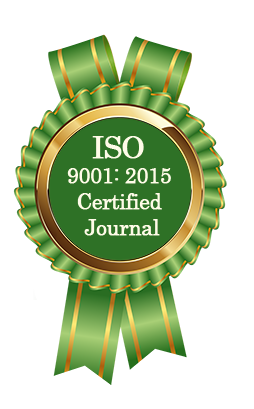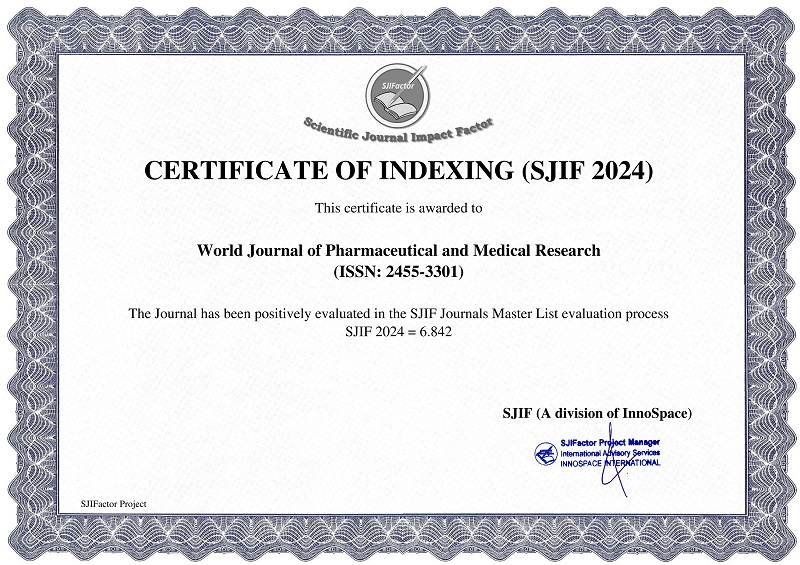THERAPEUTIC ROLE OF SNEHANA AND RUKSHANA IN KAUMARABHRITYA: AN AYURVEDIC APPROACH TO PEDIATRIC CARE – A COMPREHENSIVE REVIEW
Suryana Gupta*, Divyasri R. A. and Sudheer B. R.
ABSTRACT
In Kaumarabhritya (Ayurvedic pediatrics), therapeutic approaches must be customized to the unique physiological constitution of children, who are inherently Kapha-dominant and possess immature Dhatus and incomplete Bala. Among the Shadvidhopakrama[1] (Six therapeutic modalities), Snehana (Oleation) and Rukshana (Therapeutic drying) play foundational and complementary roles in supporting the development and health of the child. Snehana nourishes tissues, pacifies Vata, enhances neurodevelopment and strengthens immunity, while Rukshana reduces Kapha excess, stimulates Agni, clears bodily channels, and mitigates metabolic and respiratory conditions. This review synthesizes classical references and contemporary clinical insights to explore the detailed roles, types, mechanisms and clinical indications of Snehana and Rukshana therapies in pediatric care. Emphasis is placed on distinct pediatric considerations such as Kleshasahatva (Treatment tolerance), Sneha Dvesha, Agni-Bala and the modulation of therapies according to Avasthika Kaala (Condition-specific) and Nityaga Kaala (Routine use). The judicious selection and balanced application of Snehana and Rukshana help manage a wide range of conditions—from Vata-dominant neurodevelopmental disorders to Kapha-induced respiratory and nutritional disturbances—while minimizing adverse effects. When applied in alignment with Ayurvedic principles and individualized patient needs, these therapies offer a robust and integrative framework for both preventive and curative pediatric care.
[Full Text Article] [Download Certificate]



